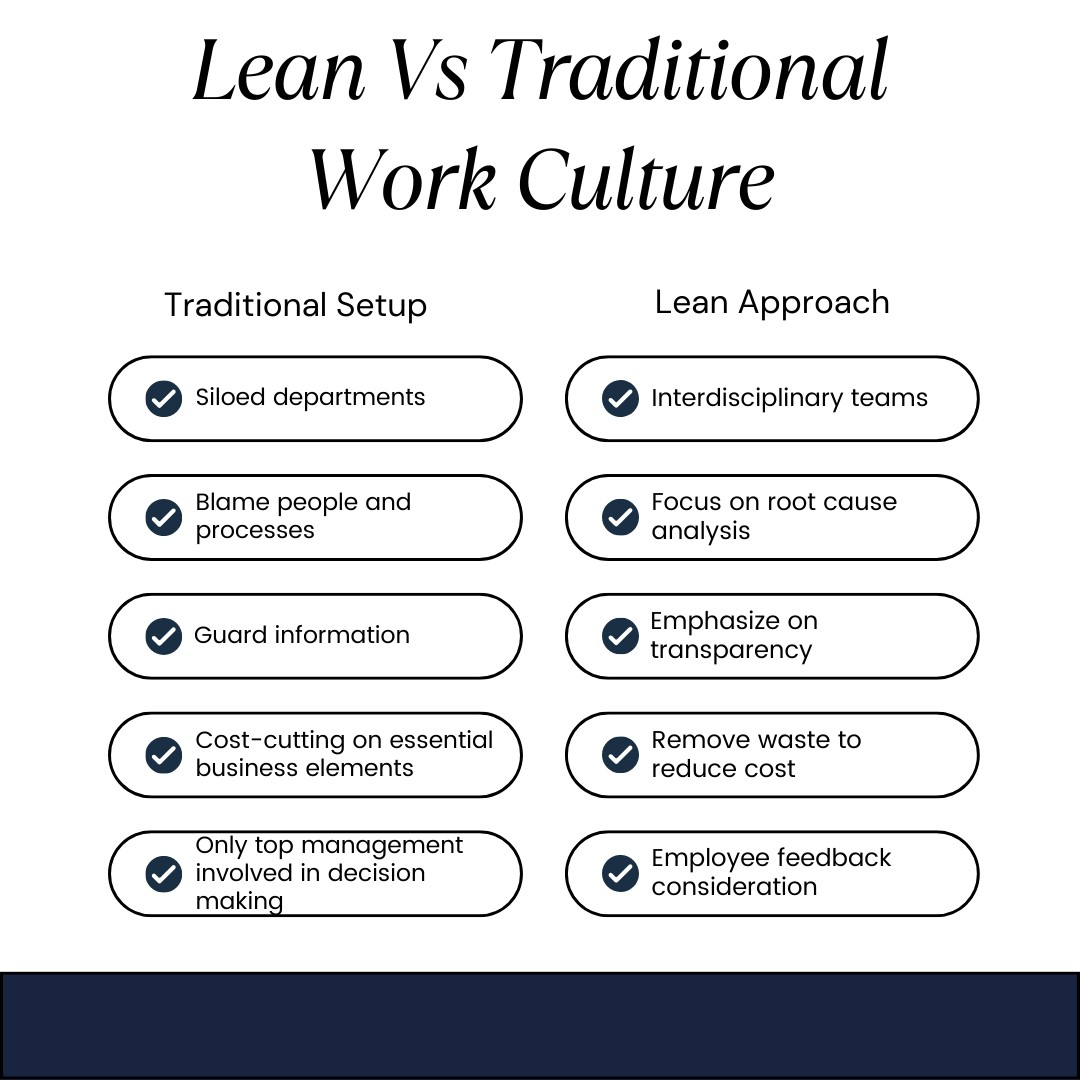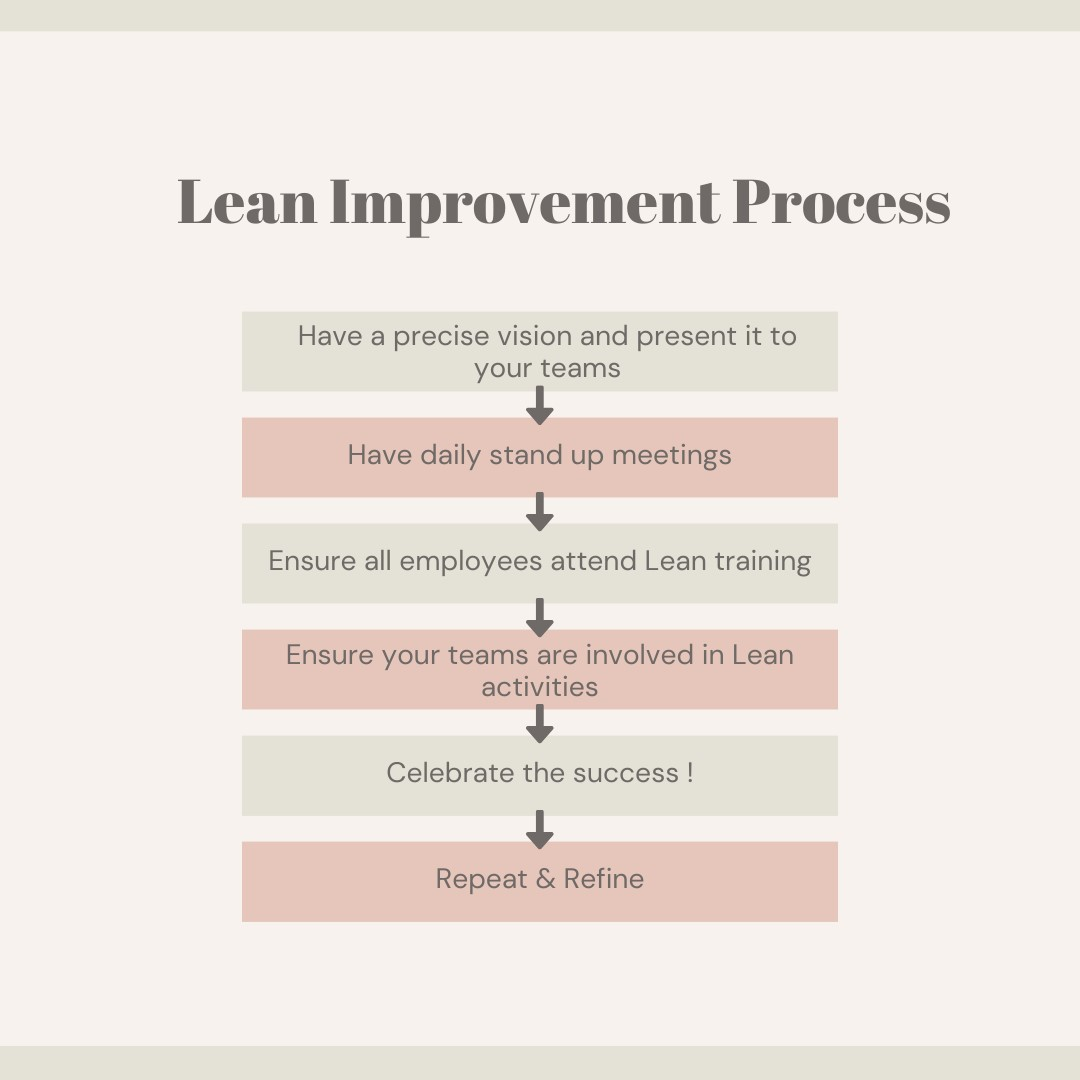

The American business landscape is dynamic and ever-evolving. And you need to make your business operation more efficient than ever to accommodate the ever-evolving customer demands and get a competitive edge in your industry.
So, what management approach can you take to enhance the efficiency of your organizational processes and deliver customer experience? Enter Lean Management!
The Lean management system presents a dynamic and potent approach that holds the key to mastering this ever-shifting business terrain.
In this definitive guide, we’ll explore the principles, processes, and benefits of Lean Management, providing valuable insights for businesses aiming to optimize their operations.
Let’s begin with the basics!
Before we decode lean principles and processes, let’s understand what is Lean Management. Also known as Lean, it is a systematic approach aiming to eliminate waste and improve efficiency within an organization.
Rooted in manufacturing but now widely applied across various industries, the Lean management system focuses on maximizing value for customers while minimizing resources.

To explain the concept of lean better, let’s take a look at the Lean management principles.
Lean Management is built on five core principles, as articulated by the experts at The Lean Way:
The first principle of Lean is to recognize and eliminate waste in all forms, such as unnecessary processes, overstaffing, and unnecessary tool subscriptions.
Fact: Companies waste approximately 32% to 41% of their software budget on features, tools, or platforms that are unnecessary or go unused.
Lean organizations meticulously map their value streams to identify areas that need improvement. This involves analyzing the workflows, employee work trends, and other dynamic organizational information from start to finish.
Fact: 54% of employees believe they can save approximately 2 hours of work every day using automation.
Continuous improvement effort is at the heart of Lean Management. It involves incremental, ongoing efforts to enhance processes, products, or services.
Fact: Among the 20 companies that were part of the survey , 55% reported returns ranging from $100,000 to $500,000 as a result of enhancements in business process management.
Lean management system fosters a culture of respect for employees, recognizing that they are the key to identifying and solving problems. Engaged, satisfied, and empowered employees are more likely to drive positive change.
Fact: Among workers who experience work-related stress, 41% mention that their stress levels lead to reduced productivity.
A pull system is a production method (software tools, applications, etc.) where work is only pulled when there is demand for it. This contrasts with a push system, where work is produced in advance and stored until needed.
In a Lean environment, a pull system ensures that products or services are delivered when the customer needs them, reducing waste and excess inventory.
Fact check: 60% – 73% of data within an organization goes unused by analytics.
Lean process embodies Continuous improvement to drive greater operational efficiency. So, how do you implement a Lean management system? Let’s find out!

A structured lean improvement process is essential for implementing Lean Management effectively. This process typically includes the following steps:
The journey starts with recognizing areas where improvements can be made, often involving input from employees at all levels.
Understanding the existing workflow involves documenting processes, identifying bottlenecks, and quantifying waste.
By quantifying waste and identifying areas where processes can be streamlined, organizations can target their improvement efforts effectively.
Planning improvements involves setting clear objectives and developing a roadmap for achieving them.
This step requires careful consideration of resources, timelines, and potential obstacles. A well-defined Lean management system increases the likelihood of successful improvements.
Implementing changes can be challenging, as it often requires employees to embrace new ways of working. Effective communication, training, and support are essential during this phase to ensure that changes are embraced and integrated into daily operations.
Continuously track the impact of the changes using key performance indicators (KPIs) . If the desired outcomes are not met, you can make adjustments to further refine processes.

The adoption of Lean Management principles can result in a wide range of benefits for your businesses. Let’s take a look at the benefits of Lean Management.

Let’s take a look at a few companies that have successfully implemented Lean Management Systems.
Often considered the pioneer of Lean principles, Toyota has consistently demonstrated the effectiveness of Lean in the automotive industry. They’ve streamlined production processes, reduced waste, and achieved remarkable levels of efficiency.
Toyota’s success with Lean Management serves as a testament to the principles’ universal applicability. While Toyota is in the automotive business, its Lean practices can be adapted and applied by organizations of all sizes and industries, especially IT, Finance, Sales, Consultancy, etc.
One of the best Lean process improvement examples is Amazon. The e-commerce giant applies Lean principles to its fulfillment centers. By optimizing processes and minimizing waste, Amazon ensures speedy deliveries while maintaining customer satisfaction.
The company’s focus on Continuous improvement and customer-centricity aligns with Lean principles and has propelled its success.
In a world where a Lean Management System isn’t just a choice but a strategic imperative, ProHance becomes the cornerstone of your success story.
With ProHance, you gain the power to see your workforce analytics through a magnifying glass, identifying areas of improvement, streamlining processes, and enhancing overall efficiency.
It’s your digital partner in the pursuit of perfection, offering the data-driven clarity needed to make informed decisions and drive Continuous improvement.
Prohance offers data-driven insights that help identify bottlenecks, inefficiencies, and opportunities for improvement. It provides visibility into processes, enabling organizations to optimize workflows and streamline operations in line with Lean principles.
Yes, Lean Management principles are adaptable to various industries, including Healthcare, Marketing management, Business consultancy, Technology services, Financial management, and more.